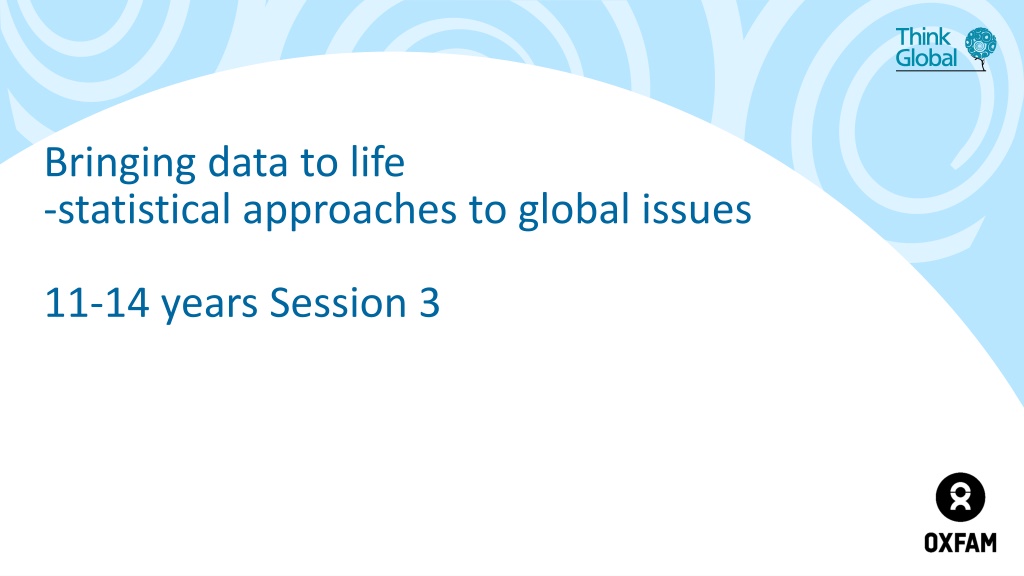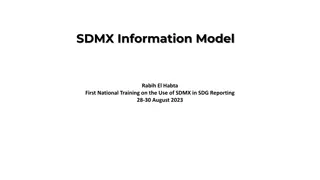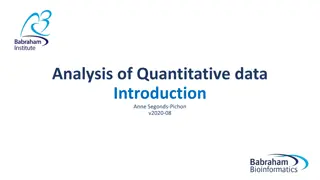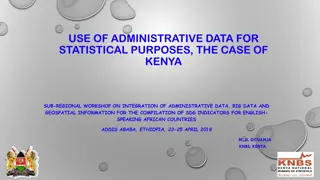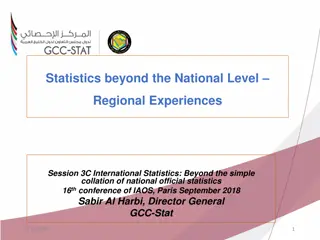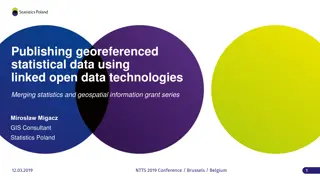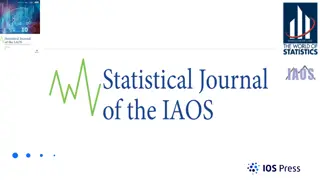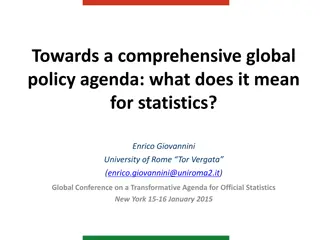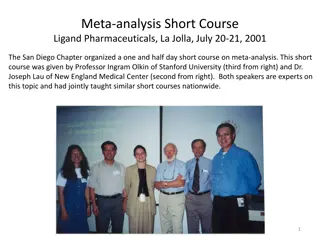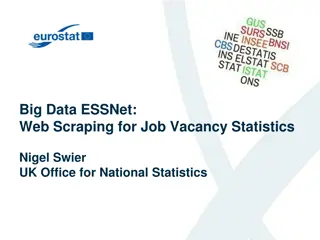Exploring Statistical Approaches in Global Issues Through Data
In this data-driven session for 11-14 year olds, topics like central tendency measures, honey production in Ethiopia, and grouped frequency diagrams are discussed. Understanding statistics through real-life examples such as honey cooperatives and collective action groups enhances learning and application of statistical concepts. Key concepts include measures of central tendency like mean, median, and mode, along with interpreting frequency diagrams for data visualization.
Download Presentation

Please find below an Image/Link to download the presentation.
The content on the website is provided AS IS for your information and personal use only. It may not be sold, licensed, or shared on other websites without obtaining consent from the author. Download presentation by click this link. If you encounter any issues during the download, it is possible that the publisher has removed the file from their server.
E N D
Presentation Transcript
Bringing data to life -statistical approaches to global issues 11-14 years Session 3
Using collective action groups to understand measures of central tendency
What kinds of information about the women who belonged to collective action groups would it be interesting to compare?
The accountant of a honey cooperative weighs honey delivered by cooperative member. The honey will be bought by the cooperative, processed, then sold on to consumers.
Women filtering honey at their cooperative to remove wax and impurities. These women also produce honey themselves.
Discuss What is a measure of central tendency, also known as an average? Why might we use an average rather than look at a full data set? Is it possible to calculate averages for all the areas we came up with?
Mean, median and mode Mean = this is the total of the numbers divided by how many numbers there are. Median = this is the middle value. Mode = this is the value that appears most often.
Frequency diagram using un-grouped data Units of honey produced How could we make this graph clearer?
Honey production in Ethiopia AMOUNT PRODUCED (GROUP MEMBERS) Amount Produced 1-49 50-99 100-149 150-199 200-249 250-299 300-349 350-399 400-449 450-499 500+ Total Freq. 214 56 7 6 0 0 2 0 0 0 1 286
Grouped frequency diagram for honey production Units of honey produced (kg) Number of women farmers
Estimating the mean from grouped frequency data We know how many women fall into each grouped category. We can assume those women are all at the mid-point of the category (if we chose the lowest point, or highest point it would likely skew our estimate to being too big or too small hence, we choose the mid-point). Multiply the mid-point by the frequency (number of women in that category). You need to do this for each category. Now add together the result for each category. Divide this by the total frequency (number of women in total). The final number is your estimate of the mean.
Amount Produced - Non-Group Member Mean 23.62 Amount Produced - Group Member Mean 40.22 Minimum 1.00 Median 15.00 Maximum 300.00 Minimum 1.00 Median 30.00 Maximum 500.00 % Marketed - Non-Group Member Mean 93.90 % Marketed - Group Member Mean 94.05 Minimum 10.00 Median 100.00 Maximum 100.00 Minimum 12.50 Median 100.00 Maximum 100.00 What does this mean and median data tell us about collective action groups?
Years of Education - Non-Group Member Mean 0.32 Years of Education - Group Member Mean 1.31 Minimum 0.00 Median 0.00 Maximum 10.00 Minimum 0.00 Median 0.00 Maximum 12.00 Wealth Index - Non-Group Member Mean 37.09 Wealth Index - Group Member Mean 37.37 Minimum 0.00 Median 36.27 Maximum 79.61 Minimum 5.85 Median 35.76 Maximum 100.00 What does this mean and median data tell us about collective action groups?
What do the averages tell us about the collective action groups? Write a short paragraph explaining what you have learnt. For example: The means of . tells me that group members . compared to those not in groups. The mode of is . , this tells me that
